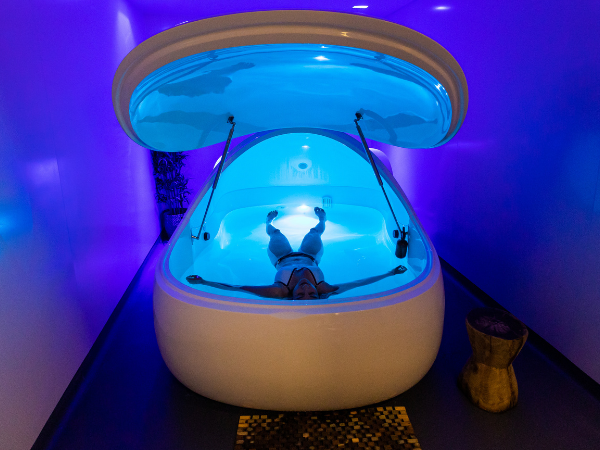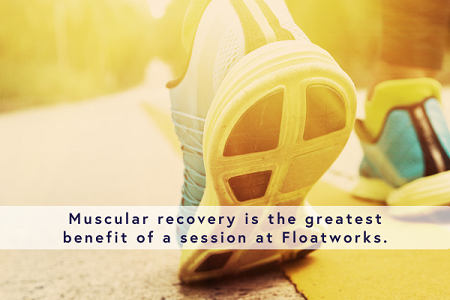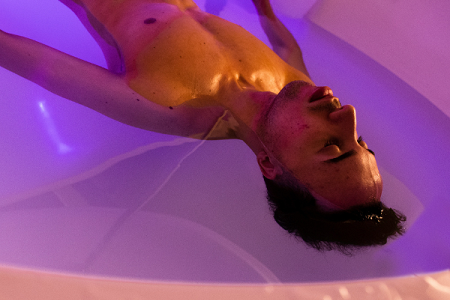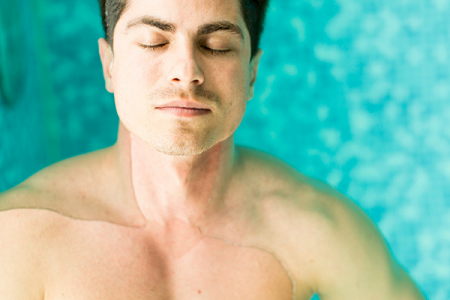How Floatation Therapy Eases Seasonal Affective Disorder
As the days grow shorter and the clock hands inch backward with the end of daylight saving time in late October, many individuals find themselves grappling with Seasonal Affective Disorder (SAD).
This seasonal form of depression, commonly linked to reduced exposure to sunlight, can cast a shadow over one’s well-being. However, amidst the winter blues, there’s a therapeutic oasis gaining popularity – floatation therapy.
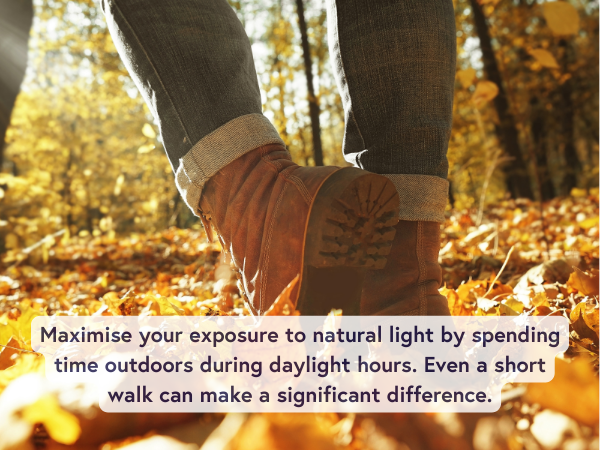
Understanding Seasonal Affective Disorder
Seasonal Affective Disorder is a type of depression that occurs at specific times of the year, usually in the fall and winter months when daylight hours are shorter. The reduced exposure to natural light can disrupt the body’s internal clock, leading to symptoms like low energy, changes in sleep patterns, and a persistent low mood.
The Power of Floatation Therapy
Floatation therapy has shown promise in alleviating the symptoms of SAD through several mechanisms:
1. Light Sensory Deprivation
The enclosed floatation tank creates an environment devoid of external stimuli, allowing individuals to escape the sensory overload of daily life. This reduction in stimuli mimics the serenity of darkness, providing a peaceful retreat.
2. Magnesium Absorption
Epsom salt, a key component of floatation tanks, is rich in magnesium. Magnesium is known to play a crucial role in mood regulation, and its absorption during floatation can contribute to a sense of calmness and well-being.
3. Enhanced Relaxation Response
The weightlessness experienced in the tank relieves physical tension and promotes a deep state of relaxation. This can trigger the release of endorphins and reduce the levels of stress hormones, providing a natural mood lift.
Tips Beyond the Tank
While floatation therapy offers a unique approach, managing SAD involves a holistic strategy. Consider these additional tips to navigate the winter months:
1. Light Therapy
Invest in a lightbox that mimics natural sunlight. Exposure to this bright light can regulate the body’s circadian rhythm, alleviating symptoms of SAD.
2. Outdoor Activities
Maximise your exposure to natural light by spending time outdoors during daylight hours. Even a short walk can make a significant difference.
3. Regular Exercise
Physical activity releases endorphins, which act as natural mood lifters. Incorporate regular exercise into your routine to combat SAD symptoms.
4. Social Connections
Combat feelings of isolation by maintaining social connections. Plan activities with friends and loved ones to stay engaged and uplifted.
As the clocks turn back at the end of October, it’s essential to be proactive in managing the impact of seasonal changes on mental health. Floatation therapy, coupled with lifestyle adjustments and self-care practices, can be a powerful arsenal against the winter blues, helping individuals emerge into spring with renewed vitality.
Follow our social:
Key Themes:
- Seasonal Affective Disorder (SAD)
- Floatation Therapy
- Sensory Deprivation
- Isolation Tank Therapy
- Daylight Saving Time
- Winter Blues
- Depression
- Light Therapy
- Epsom Salt
- Magnesium Absorption
- Circadian Rhythm
- Natural Light Exposure
- Endorphins
- Mood Regulation
- Self-Care Practices
- Mental Health
- Winter Wellness
- Seasonal Depression
- Physical Activity
- Social Connections

